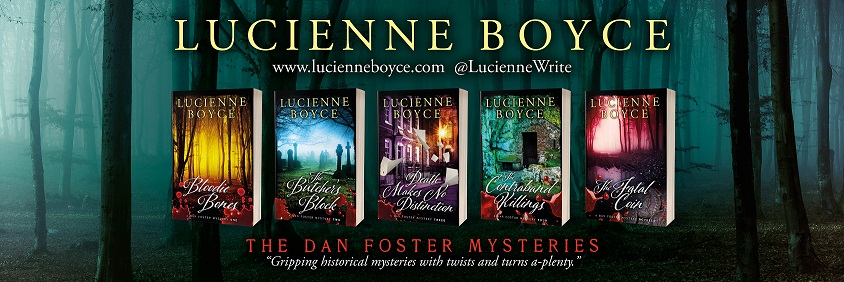I’m
so excited about my latest book purchase I just have to share it! I’ve just
acquired a copy of Cicely Hamilton’s autobiography, Life Errant (London: J M
Dent and Sons, 1935) – so the latest Spotlight On is about Cicely Hamilton.
Cicely
Hamilton (1872–1952) is one of my writing heroines. She was a suffrage
campaigner who joined the militant Women’s Social and Political Union founded
by Mrs Pankhurst, and wrote the words for the WSPU anthem, The March of the
Women, music by Ethel Smythe. Later critical of the dictatorial style of the
Pankhursts, she left the WSPU to join the Women’s Freedom League, and edited
their paper The Vote. In 1908 she founded the Women Writers’ Suffrage League
and the Actresses’ Franchise League.
She achieved
success with her play Diana of Dobson’s in 1908, and went on to write a number of suffrage plays with her friend
Christopher St John (born Christabel Marshall, 1871–1960), including the
comedies How the Vote Was Won and The Pot and the Kettle. In 1910 she
wrote A Pageant of Great Women – I also own a copy of this rare text – which
featured fifty two great women including Joan of Arc, Jane Austen, Angelica
Kauffman, and Charlotte Corday. Cicely Hamilton herself played Christian Davies
(1667–1739), who enlisted in the army as Christopher Welsh. Davies’s disguise
was discovered by surgeons after she was wounded at the Battle of Ramillies.
The
Pageant was performed around the country, including Bristol’s Prince's Theatre
in 1910 and the Albert Hall, Swansea. Cicely Hamilton also wrote the book Marriage
as a Trade (1909) criticising women’s limited economic choices which forced
them into marriage for want of the skills or opportunity to do anything else.
During
the First World War, she worked for the Scottish Women’s Ambulance Unit, and
then joined a touring theatrical company entertaining the troops. Many of her
novels and plays deal with the issue of war and humanity’s capacity for
violence, which she attributed to what she called the herd instinct, the
“crowd-life” which overcame people’s “responsible individuality”. These
included the novels William: an Englishman (1919), which has been republished
by Persephone Books,
and Theodore Savage (1922). Her 1926 play The Old Adam (also known as The Human
Factor) explores the response of two warring nations when they acquire the
technology to disarm one another’s weapons. You might expect this to be a cause
for rejoicing, but Hamilton’s disillusionment takes the play in another
direction entirely. Unable to use machines, men arm themselves with knives and
clubs…
In
spire of her pessimism about the possibility of human progress, she continued
to campaign for women’s equality. She was an editor of The Englishwoman, and
worked on the feminist journal Time and Tide. She was active in the Six Point
group in the 1920s, campaigning for better child protection laws, legislation
to protect widows and their children, rights for unmarried mothers, equal guardianship
of children, equal pay for teachers, and equal opportunities and pay in the
civil service.
One
of the things Hamilton criticised the WSPU about was its obsession with dress
and appearance, “its insistence on the feminine note”. In a witty tangle of
gender identities, she once attended a fancy dress party dressed as George
Eliot (Marian Evans), with her friend Christopher St John dressed as George
Sand (Amantine-Lucile-Aurore Dupin)
in male costume.
William an Englishman by Cicely Hamilton is available from Persephone Books


Comments
Post a Comment